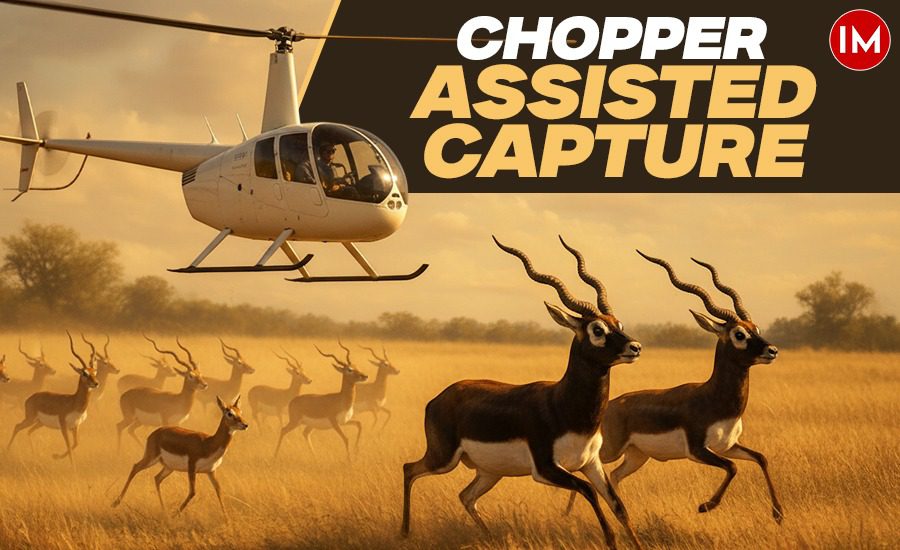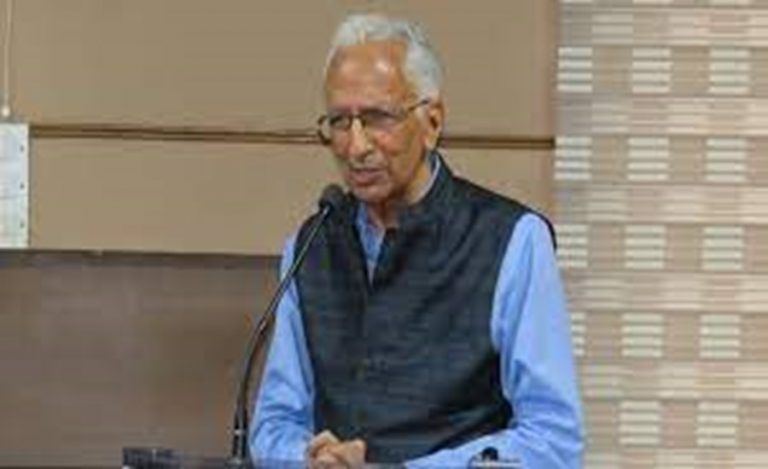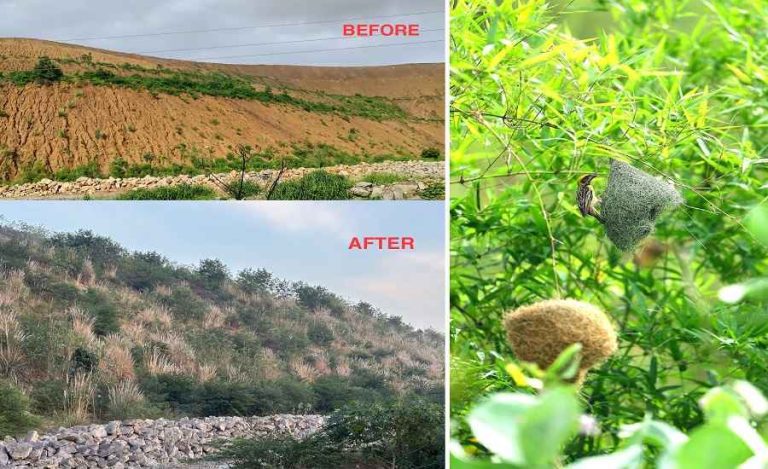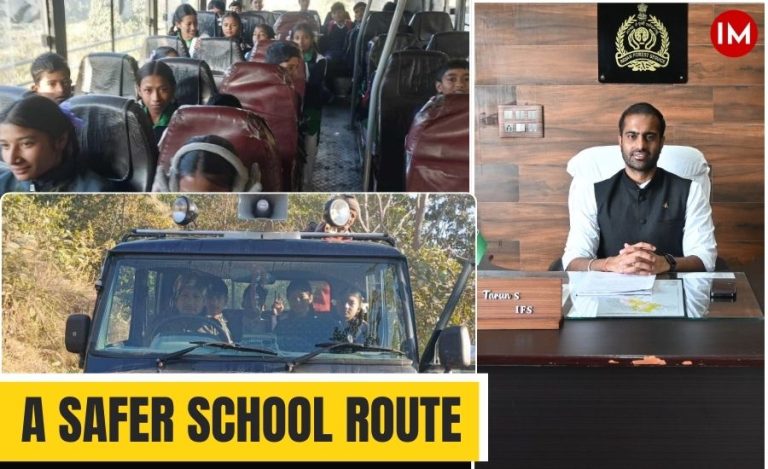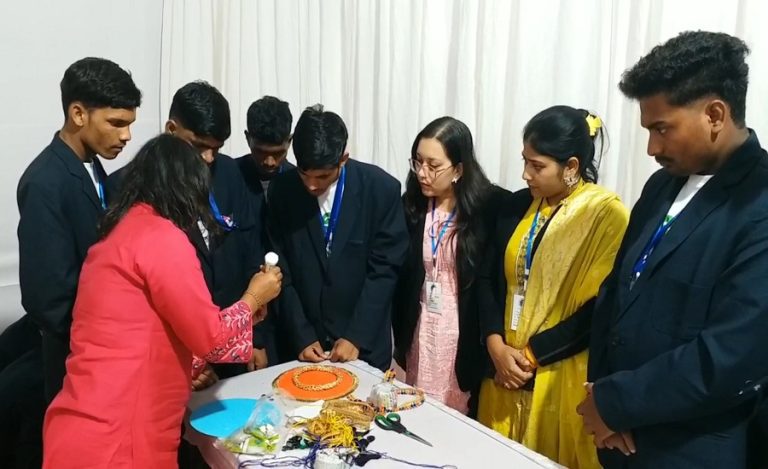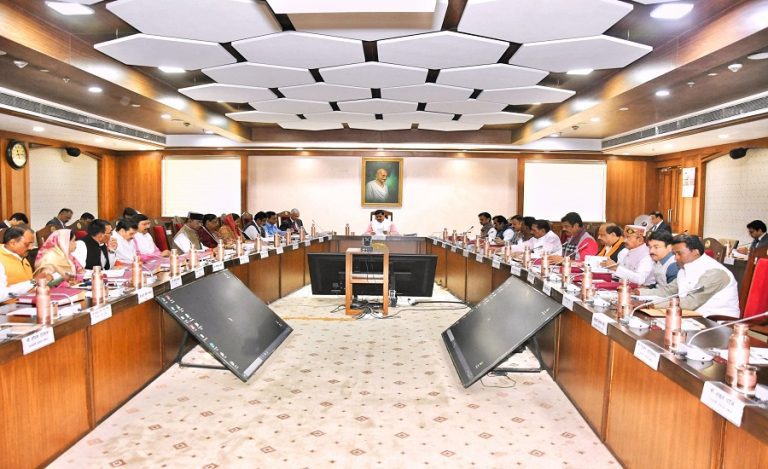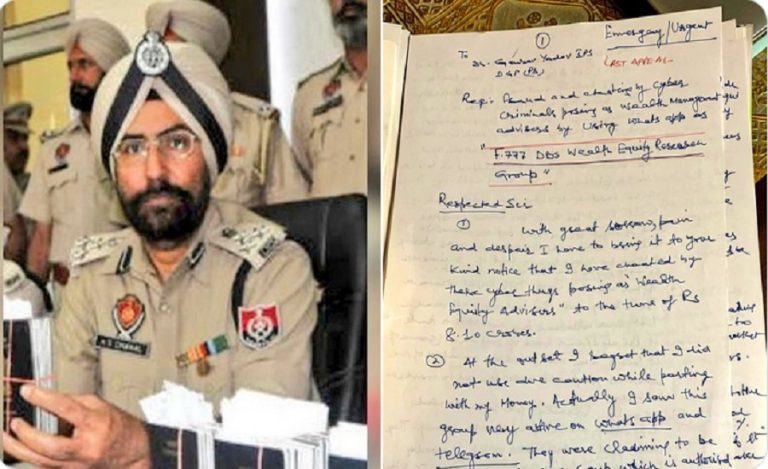In the golden haze of a Madhya Pradesh dawn, the thrum of rotor blades sliced through the still air over Shajapur’s sprawling farmlands. It’s October 20, 2025, and for the first time in Indian wildlife history, a Robinson helicopter hovered like a mechanical hawk, its shadow herding a skittish herd of 15 blackbucks across sun-baked fields.
Below, a team of forest rangers and South African experts watched from concealed positions as the antelopes, startled into motion, funnel toward a camouflaged boma—a temporary enclosure of green netting and grass walls that snaps shut like a living trap. By midday, 45 blackbucks are safely netted, sedated remotely, and loaded into crates bound for the Gandhi Sagar Wildlife Sanctuary. This isn’t just relocation; it’s revolution.

In next 10 days, one by one more than 900 antelopes, including 846 blackbucks were ‘arrested’ by Madhya Pradesh Forest Department from agricultural fields of Shajapur in Western part of the state, only to be released in deep protected forests, with negligible damage to the wildlife.
MANY FIRSTS
The operation has many firsts to its credit. This was the first time in India when a helicopter was pressed into service to ‘capture’ herbivores like blackbucks and blue bulls. This was first time when wildlife experts from South Africa were roped in to capture Blackbucks. This was also an occasion when no significant damage was done to the herbivores being captured.
What sets this apart from India’s patchwork of prior translocations? Past efforts were gritty, ground-bound affairs—small-scale and labour-intensive. In Chhattisgarh’s Barnawapara Sanctuary, a 2021-2026 revival plan airlifted just 77 blackbucks from Delhi and Bilaspur zoos, using trucks and manual drives that stressed animals and limited yields to dozens per outing.
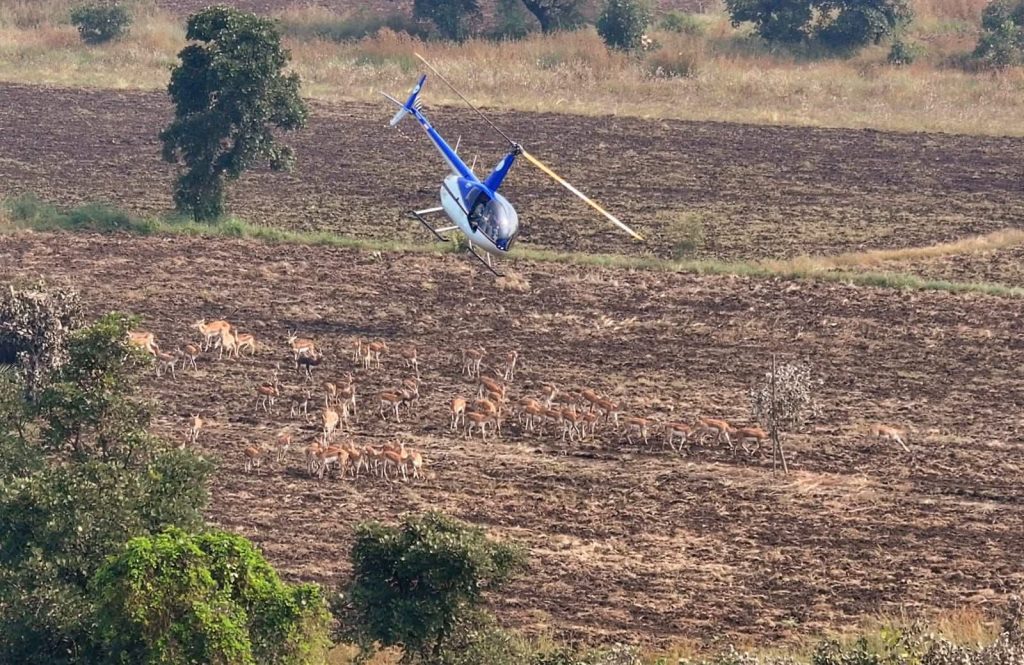
Similarly, Wildlife Trust of India’s 2010s nilgai rescues from Delhi’s IGI Airport involved darting and crating individuals, not masses, amid urban chaos—effective but exhausting, with high injury risks from close-quarters chases. Even larger ops, like Rajasthan’s 2018 blackbuck shifts to Tal Chhapar, relied on foot patrols and vehicles, capturing under 200 over weeks in dusty, injury-prone scrambles.
Similarly, in erstwhile Karera Wildlife Sanctuary in Shivpuri district (M.P.), not a single animal could be captured alive in a similar exercise carried out under the supervision of Wildlife Institute of India (WII) in 1994.
🚁 Operation Blackbuck Rescue 🦌
— Indian Masterminds (@i3masterminds) November 12, 2025
In a first for India, Madhya Pradesh used a helicopter & South African experts to safely capture and relocate 900+ blackbucks & blue bulls from farmlands to wildlife sanctuaries – minimizing harm and saving crops.
A revolution in humane wildlife… pic.twitter.com/sRDtbgZSBi
LOT AT STAKE
That’s why this operation had a lot at stake. Treading cautiously the state government in the beginning permitted capture of only 400 blackbucks in the beginning although South African experts had been roped in including the chopper pilot. But, looking at the initial success, the government allowed capture of 600 more blackbucks.
The start was made on in Kalapipal area of Shajapur district, which houses around 20,000 blackbucks and more than 3000 nilgais. These angulates had become scourge of farmers’ standing crops. After the ten day exercise, 846 blackbucks were captured, put in trucks and shifted to different forest areas. Only four blackbucks and a blue bulls lost their life after colliding with the trucks, officials said adding this is not a significant number considering the gargantuan size of the exercise,
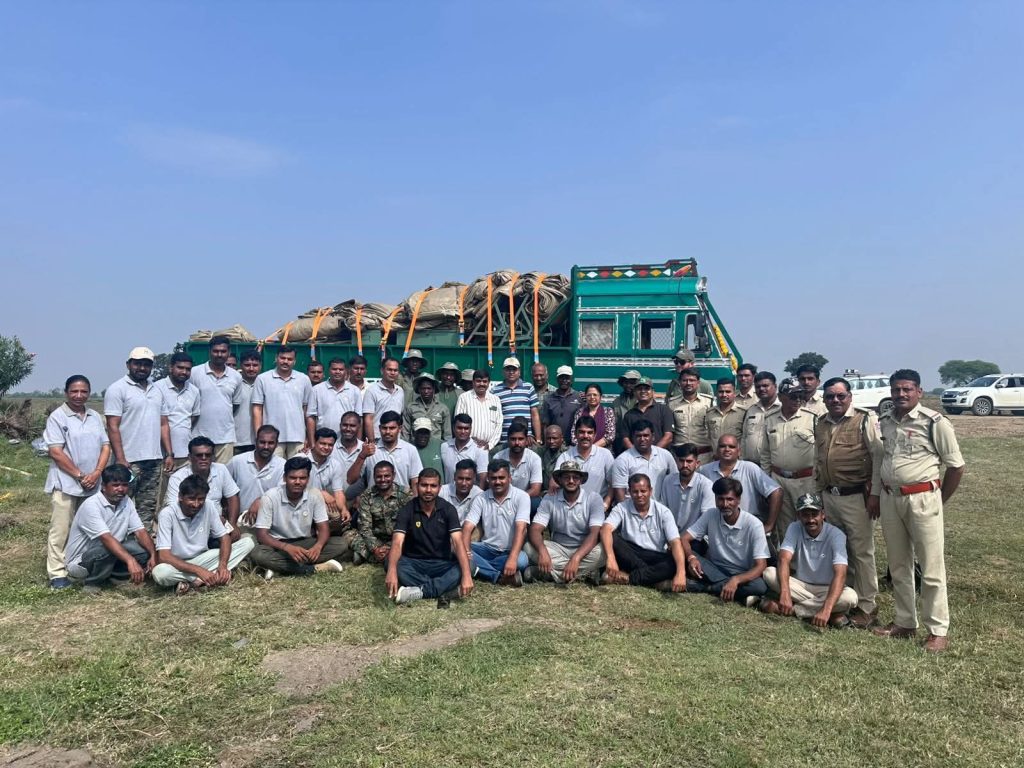
FREEDOM AT LAST
As many as 350 blackbucks were released in Kuno National Park, another 250 of the captured blackbucks were released in Nauradehi Wildlife Sanctuary and remaining blackbucks and blue bulls were taken to Gandhi Sagar Wildlife Sanctuary, located 275 km away in Mandsaur and Neemuch districts.
This is also the second home to African cheetahs in India as well as a habitat of more than 35 leopards. The blackbucks have been freed in another 20-sq kms enclosure of the sanctuary, which is free from cheetahs or leopards. “The aim is to let the population of blackbucks and nilgais stabilize there,” MP’s principal chief conservator of forests (PCCF-Wildlife) Shubh Ranjan Sen said.

The exercise was undertaken under the guidance of a 15-strong team of experts from South Africa, who over the years have mastered this art in their nation. Based on its success, it will be replicated in other parts of the state covering more antelope species, like the nilgais, he said.
WHAT IS BOMA TECHNIQUE
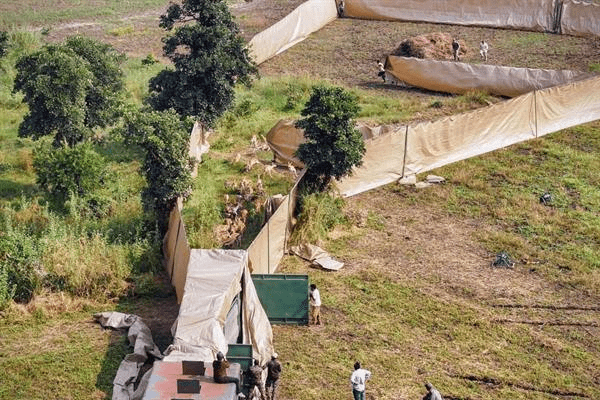
The helicopter boma technique in South Africa is a method of mass animal capture where a helicopter herds animals into a large, funnel-shaped enclosure made of plastic or netting. As the animals move through the funnel, plastic curtains are closed behind them, forcing them into a solid-sided crush and up a ramp into a loading bay for transport. This technique is used for capturing large numbers of animals with minimal stress and contact, but it requires careful planning regarding wind direction.

